|
Today, I went to the National Archive in Kew, armed with a book on paleography, a magnifying glass and two document references. These documents appear to be the only existing court records covering Dorset in 1687. Would one of them give me sight of the result of Deanes G(r)immerton's case? This was my first visit to the National Archive and I had no idea what to expect. Luckily, I had an extremely knowledgeable friend with me, folklorist Jeremy Harte, to whom I am very, very grateful for both the time he spent helping me and for the knowledge he shared with me. It was a beautiful day and I have to admit that I was hugely excited at the thought of not only seeing the outcome of Deanes's case with my own eyes, but also of seeing the documents themselves. These records are in excess of 330 years old, so I knew that whether I found Deanes or not, it would still be an incredible experience. The family of swans that greeted us (clearly hoping we had something to feed to them - we didn't) was an added bonus for me. Having been ultra-organised, I contacted the National Archive about ten days ago and was advised to use the online service to apply for my reader's ticket and to order my documents. Personally, I rather like speaking to humans for things like this, as they can guide you if you are going off-track, but I dutifully completed the various online applications for the records I would need. I heard nothing back from them, so took this as good news. Of course, when I actually got into the building, I was somewhat less than ultra-organised. I had no idea that folders are not permitted, or that you can only take in ONE plastic pocket. Having spent some time going through my research papers to try to guess what might or might not be relevant, I then had to sort through again and shed the plastic pockets, the folder and some of its contents. This meant that I now had a key for my coat in the cloakroom, a code for my handbag etc in the locker on the ground floor and a key for my folder in a locker on the first floor. The lady on that security check was very patient, but I am pretty sure that internally, she was rolling her eyes. That security check then took us to our third reception desk (fourth if you count the one where we received our reader's tickets). From there, we were directed to another reception desk on the top floor, which meant going through another security check. Fortunately, no eye-rolling needed to occur at this point, which was probably a good thing for everyone, frankly. And then I finally got the Assize records for 1687. These records are amazing. Written in secretary hand by a variety of clerks, they track the route of circuit judges from Cornwall to Hampshire and everywhere in between. It is very fortunate for me that this particular book is written in English rather than Latin, although reading secretary hand is a skill akin to learning a new language. As you can see, while some words are relatively obvious, many are not! This is not from the G(r)immerton case - it's the case of a man who was found with clipped coins and who was sentenced to be drawn and hanged for High Treason. There is something very cold and stark about seeing it written out in front of you. Returning to Deanes, we started scanning the text. I was pleased to find that I could work out some of the words, but much of the writing was very difficult to make out and I am not at all familiar with the numerous abbreviations used by clerks. Jeremy, however, reads secretary hand as easily as his own handwriting and it wasn't long before we found her. And there she was. A simple entry in the Assize record. A handful of words in fairly illegible writing which gave me the penultimate piece in the G(r)immerton jigsaw. I am not going to lie. I had hoped for more. I had hoped for a tiny glimpse of Deanes herself - evidence of a plea, or a defence. But there is nothing of her there. Deep down, I know that I will probably never find anything about Deanes herself, a woman described by Mark Burrows as "pipe-smoking wife Deanes Grimmerton" (Burrows, 'Lizard's Leg, and Howlet's Wing' http://www.dorsetlife.co.uk/2017/02/lizards-leg-and-howlets-wing/). It is highly likely that she will only be remembered because of the pipe which ultimately devastated her life. If I had been on my own, I know I would have cried. I was expecting it to be a pretty emotional moment and I was not wrong. I first encountered Deanes almost two years ago and have been on her trail ever since. Finally, I knew what had happened to her. This is part of the entry for Deanes in the Assize record. It names Nathaniel Scorch, the teenager who fell ill and suffered fits after she shared a pipe of tobacco with him and who accused her of bewitching him.
However, after checking the other document, the Order Book for the period, it soon became evident that there was still a piece of the puzzle missing. The Assize record only mentions Nathaniel Scorch. What about Elizabeth Tillman? Right from the very beginning, I have asked "What about Elizabeth Tillman?" repeatedly because there is something not quite right about her case. She was the teenager allegedly bewitched by Deanes in 1682, who then suffered fits and other symptoms, including something which sounds very like Old Hag syndrome. She died in 1685, apparently as a result of the alleged 'bewitching' - yet there doesn't seem to have been a court case. Her mother Mary Tillman gave evidence alongside the Scorches in 1687, describing what happened to her daughter, but only Nathaniel Scorch is named in the Assize record as a victim. So my work is not quite done. The National Archive revealed almost everything I needed to know, but it appears that I need to retrace my steps and go back to Dorchester to track down the rest of the Elizabeth Tillman story. Once I have that, I will, I hope, have the full story according to the historical records. At that point, I can start delving deeper into the human story which lurks beyond the secretary hand and the precise, emotionless legal vocabulary.
0 Comments
|
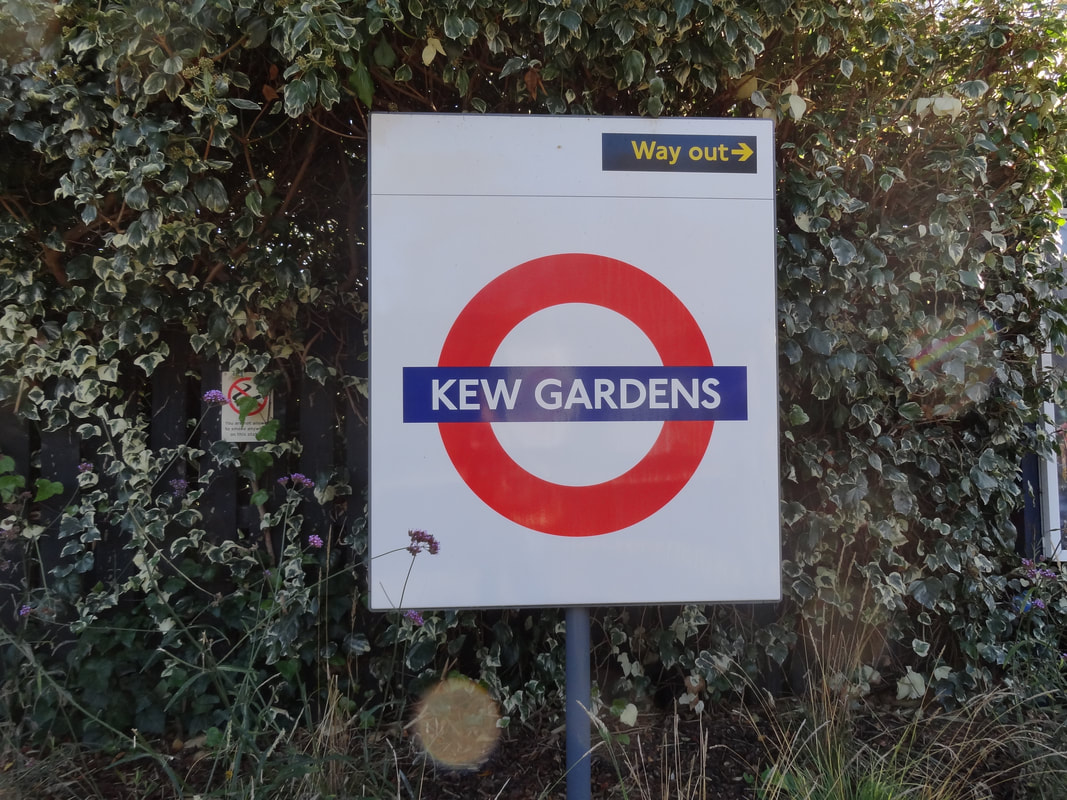
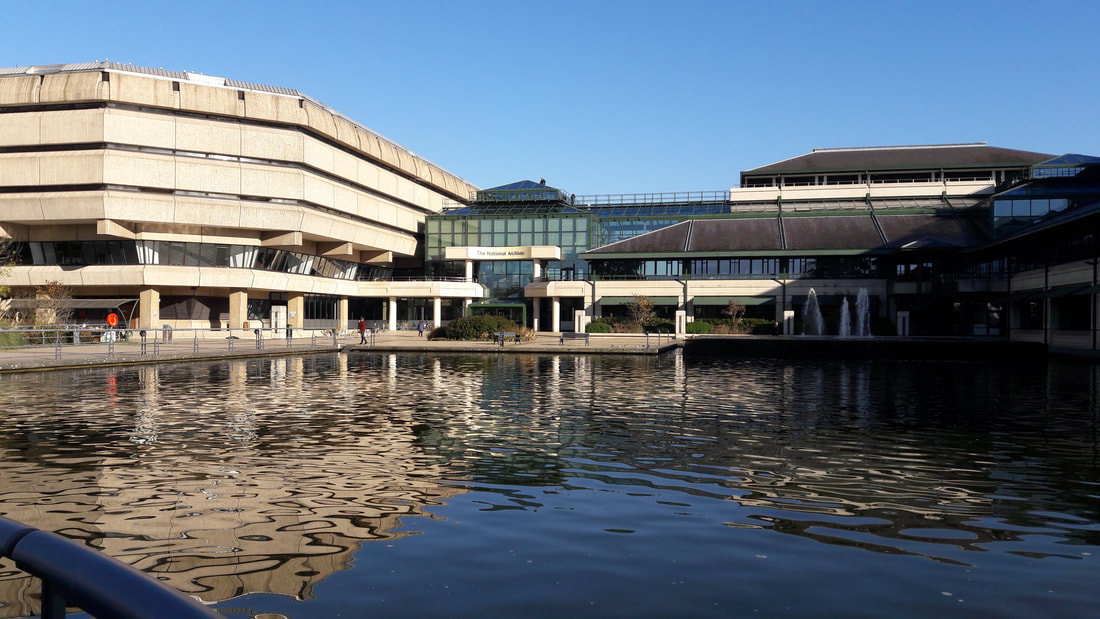
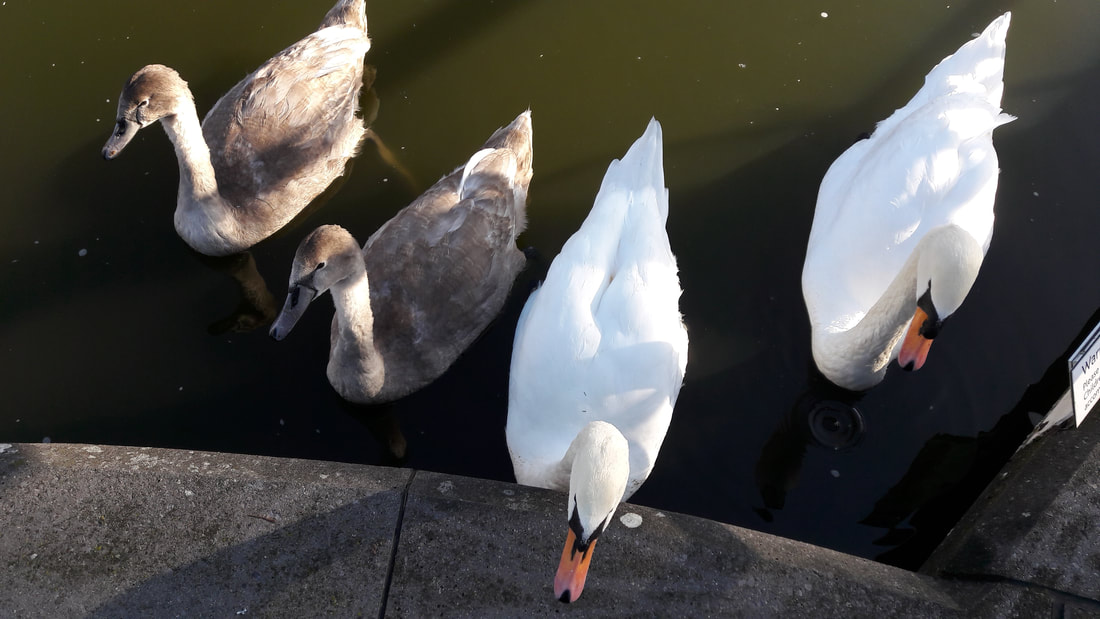
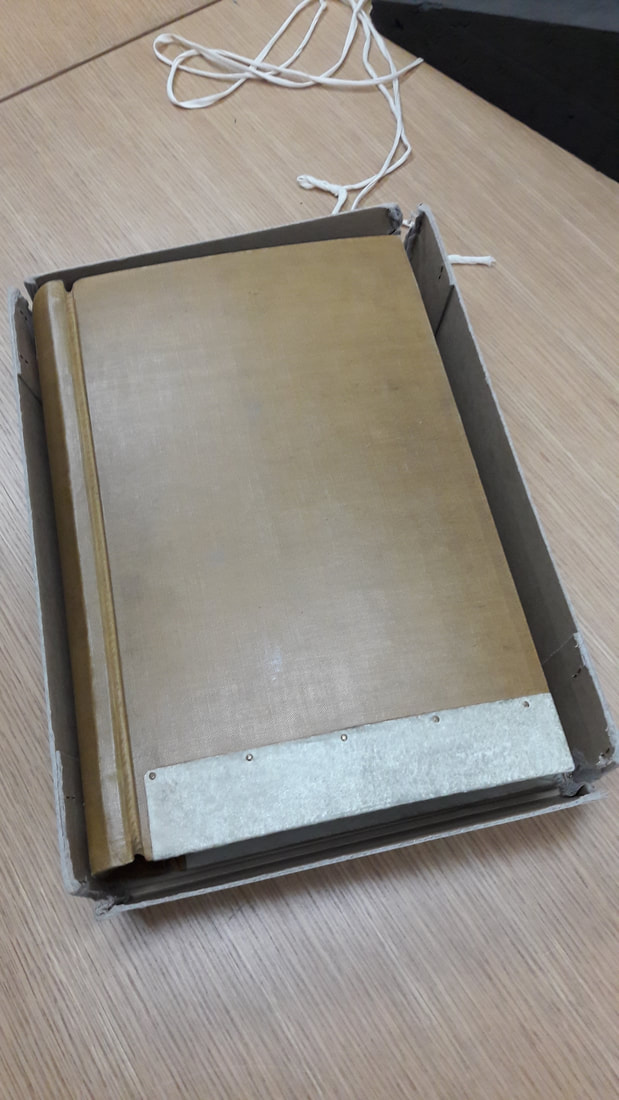
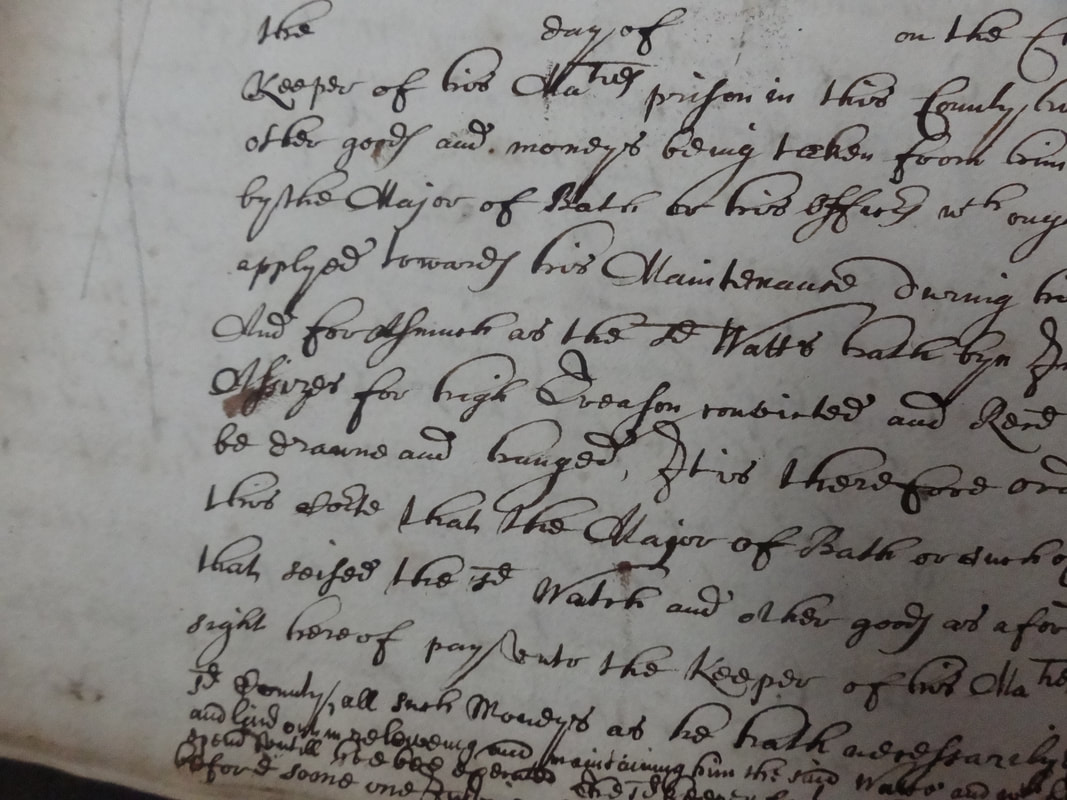
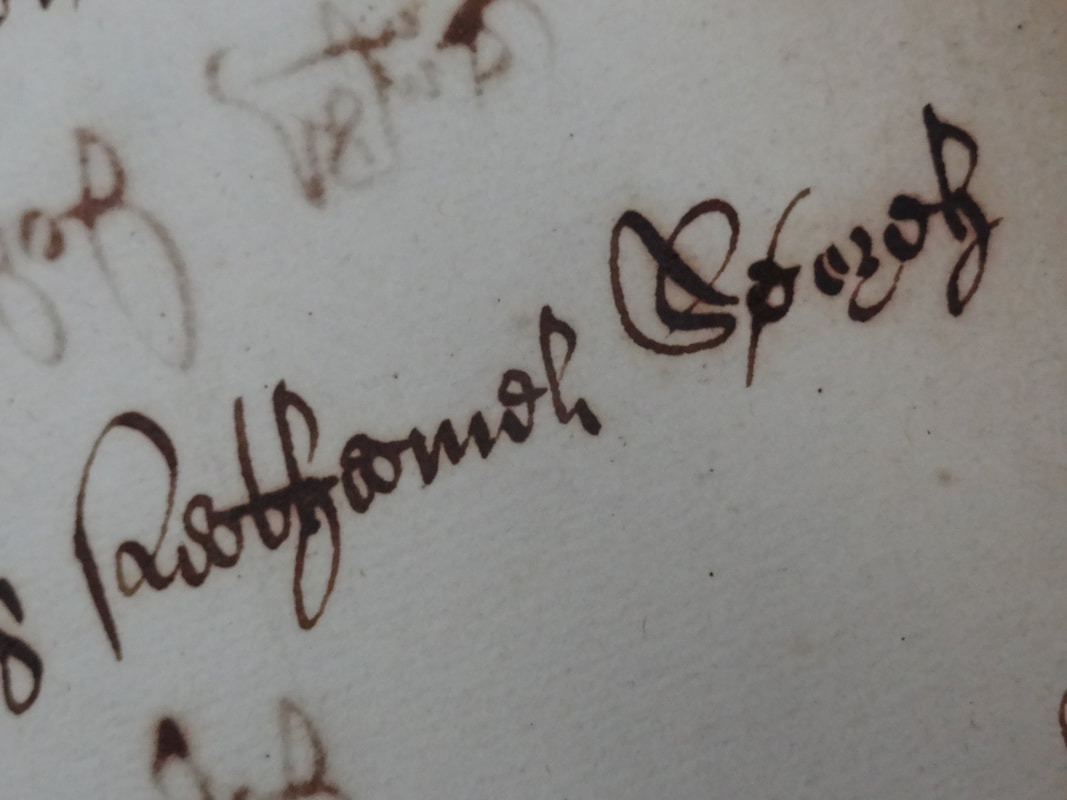
 RSS Feed
RSS Feed
